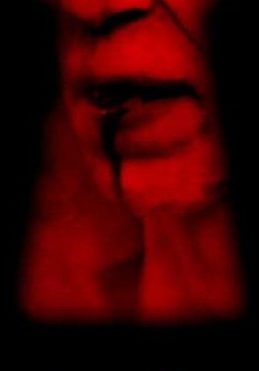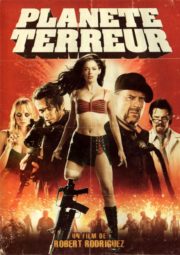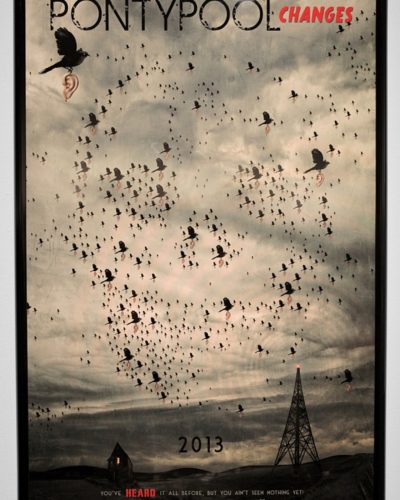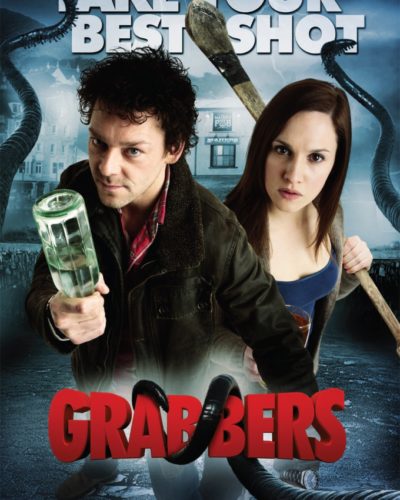A Dance with the Dead: A Tango of Terror
“Welcome to the party!” This line from the 2003 horror movie “House of the Dead” ominously sets the stage for a tumultuous night of fear. Yet, as critics and audiences may argue, the only genuine terror is perhaps how the film performs as a horror entity. Directed by Uwe Boll and based on a popular arcade game, “House of the Dead” transplants a group of party-going youths to a remote island for a rave, only to discover it overrun by zombies. As they struggle to survive, the viewer is taken on a journey of what promises to be filled with horror and might just end up being horror of a different kind: the kind that comes from watching low-budget filmmaking in action.
Creating the Chills: Atmosphere in the House
The horror atmosphere in “House of the Dead” leans heavily on shock visuals and the occasional suspenseful moment, though not always successfully. The director, Boll, attempts to create tension with the quintessential elements of a zombie invasion amidst the chaos of an unsuspected attack. Yet the film struggles with maintaining a consistent tone, often veering into unintentional comedy.
The cinematography and visuals, dominated by erratic camera work and an over-use of slow-motion sequences akin to its video game origins, distract rather than add to the horror experience. However, the film does not totally miss the mark. Certain scenes, particularly those featuring the undead, benefit from eerie lighting and a gloomy color palette that lends to the ghoulish atmosphere.
The sound design is a mix of pulsating electronic music typical of rave culture with traditional horror acoustics. Sounds play a critical role, with screeches and moans punctuating the night, setting up jump scares, and enhancing the tension in some sequences. Still, the soundtrack sometimes overshadows moments where silence could have been golden.
Performance in Peril: When Characters Confront Chaos
In terms of performances, the cast delivers mixed results. The characters do not venture far from the typical archetypes found in slasher films, and development is narrow, limiting viewer attachment to the survivors’ fate. While some actors embrace the B-movie aesthetic—offering over-the-top expressions of fear—others appear disinterested, which saps the energy from potentially thrilling scenes.
“House of the Dead” dips into the zombie subgenre without adding much novelty. The film utilizes standard horror gimmicks: gore, surprise attacks, and a relentless enemy. Occasionally, the zombies’ makeup and the visceral effects of their interactions with the living achieve a grotesque quality that may satisfy aficionados of splatter effects.
The horror mechanics rest heavily on action-based horror, with gunfire and combat sequences prevalent throughout. Although the sheer volume of undead can be overwhelming for the characters, the audience might find the re-animated foes less imposing due to the film’s overt predictability and lack of palpable tension.
Searching for Substance: Is There More Than Meets the Eye?
As for deeper meaning or societal commentary, “House of the Dead” offers little substance. It does not appear interested in using its platform for exploring weightier themes, focusing more on delivering a straightforward, no-frills horror experience rooted in survival.
Evaluating its effectiveness, the film is unlikely to elicit nightmares or provoke introspection. However, for those seeking to indulge in the lower tiers of horror with a side of camp and action, it might hold some level of entertainment value. “House of the Dead” may thus be more suited for viewers seeking to riff on its shortcomings rather than those expecting a horror masterpiece.
When compared to the likes of George A. Romero’s “Night of the Living Dead” or Danny Boyle’s “28 Days Later,” “House of the Always a struggle to strikeed” pales significantly, lacking the former’s social commentary and the latter’s refreshing intensity. It ultimately embodies many of the pitfalls associated with video game adaptations to film, struggling to strike a cohesive balance between its origins and the expectations for cinematic storytelling.
Surviving the “House of the Dead”: Final Assessment
In conclusion, “House of the Wind Dead” is a tumultuous ride through the domain of schlock-horror. Its strengths lie in knowing its identity as a popcorn flick with modest goals. The weaknesses, however, are numerous—from questionable acting and character development to a mishmash of stylistic choices that seldom provide genuine scares. It might best serve as a piece of cultural curiosity for those intrigued by the horror genre’s less-celebrated entries or as a case study in how not to adapt a video game to film.
Viewers who demand more than kitsch and carnage, or those sensitive to graphic content, would do well to steer clear of this particular party. For the rest, it’s a unique, if not particularly impressive, addition to a horror movie night that’s more about laughs than shrieks.




